Top 13 Eco-Friendly Travel Destinations in South America
Eco-friendly travel is more important than ever, and South America is a fantastic place to explore in a sustainable way. The continent boasts many stunning natural areas that prioritize conservation and responsible tourism. From untouched jungles to vast mountains, there are numerous places to visit that make protecting nature a priority. Whether you are interested in wildlife, outdoor activities, or simply relaxing in a beautiful setting, South America offers a wealth of eco-conscious options. Let us dive into some of the best destinations where you can enjoy both adventure and sustainability.
This post may contain affiliate links, which helps keep this content free. Please read our disclosure for more info.
Galapagos Islands, Ecuador
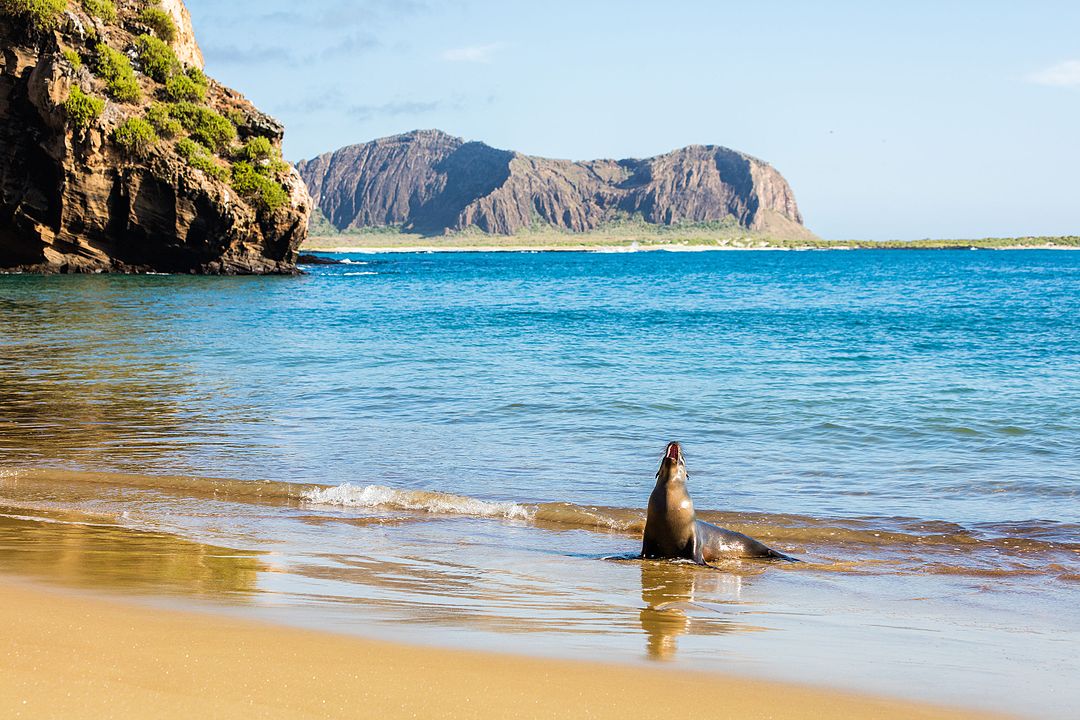
The Galapagos Islands, located off the coast of Ecuador, are a UNESCO World Heritage site known for their unique wildlife and pristine landscapes. These islands are famous for their efforts to preserve biodiversity and promote sustainable tourism. The islands have strict regulations to protect both the wildlife and their natural habitats, making it a model for eco-friendly travel. Visitors can explore the islands by foot, boat, or kayak, ensuring minimal environmental impact.
In addition to the strict regulations, the Galapagos Islands are home to eco-lodges and organizations that focus on environmental education and conservation efforts. Visitors can support local communities and engage in responsible activities, such as wildlife watching and snorkeling. The islands’ efforts to balance tourism with conservation have earned them a reputation as a top eco-friendly destination. The Galapagos offers a truly unique experience that encourages sustainable practices and responsible tourism.
Torres del Paine National Park, Chile
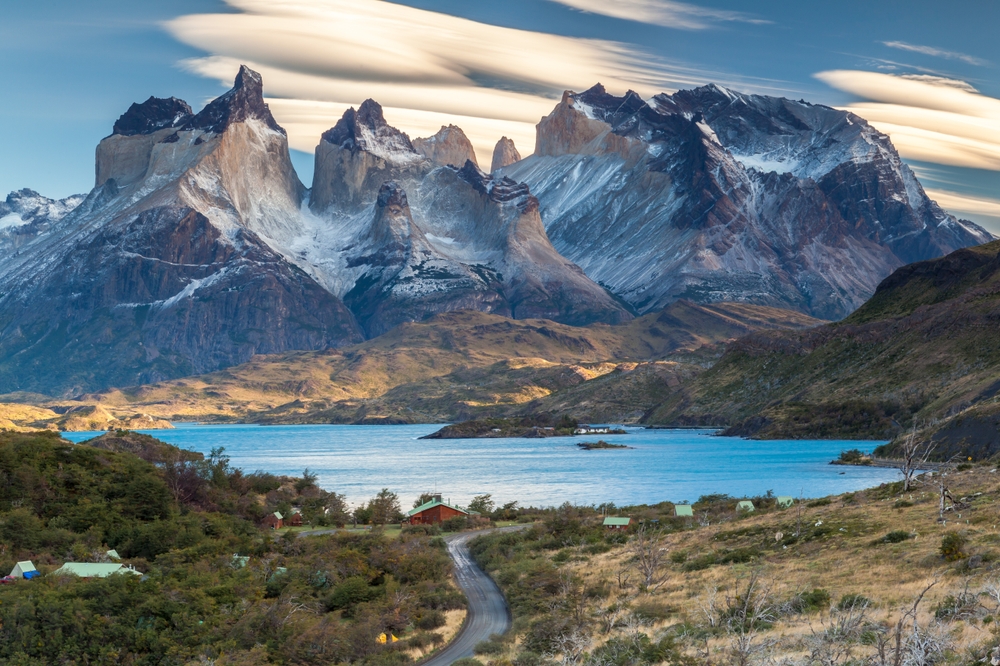
Torres del Paine National Park, located in the southern part of Chilean Patagonia, is a stunning natural reserve with towering mountains, glaciers, and wildlife. The park is known for its commitment to preserving the environment, with sustainable tourism initiatives in place. Visitors can explore the park’s trails, which provide breathtaking views of its landscapes while respecting the area’s ecological balance. The park’s eco-lodges and guided tours follow practices that minimize the impact on the environment.
The park is also a hub for wildlife conservation, offering opportunities to spot species such as guanacos, pumas, and a variety of birds. Many of the activities within the park, such as hiking and camping, are designed to leave the least impact on the natural surroundings. Torres del Paine is dedicated to maintaining its ecosystems while allowing visitors to connect with nature. The park’s responsible tourism practices make it one of the top eco-friendly destinations in South America.
Manu National Park, Peru
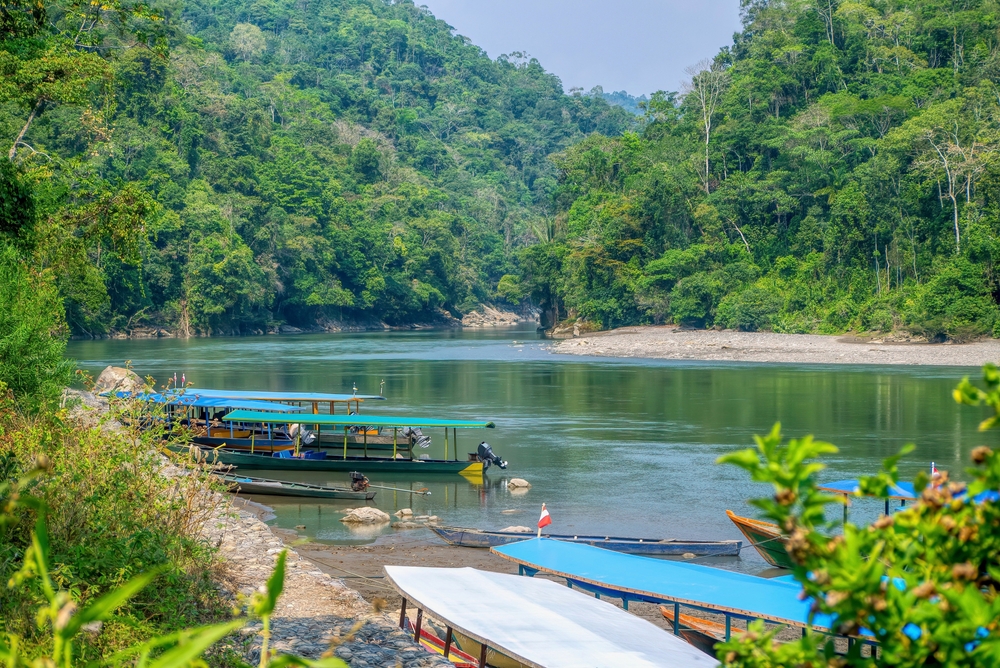
Manu National Park, located in the Amazon rainforest of Peru, is one of the most biodiverse places on the planet. This UNESCO World Heritage site is dedicated to preserving the delicate ecosystems of the rainforest while allowing travelers to experience its natural beauty. The park offers guided tours that emphasize environmental education and sustainable practices, ensuring minimal disturbance to the wildlife. Its remote location helps maintain the park’s natural state, with limited human activity allowed.
Manu is home to countless species of plants, animals, and birds, many of which cannot be found anywhere else in the world. The park is a prime example of eco-tourism, where the emphasis is placed on conservation efforts and promoting awareness about the importance of protecting such unique habitats. Eco-friendly lodges within the park follow responsible tourism principles, including waste reduction and the use of renewable energy. Visiting Manu allows travelers to experience the wonders of the Amazon while supporting its protection.
The Sacred Valley, Peru
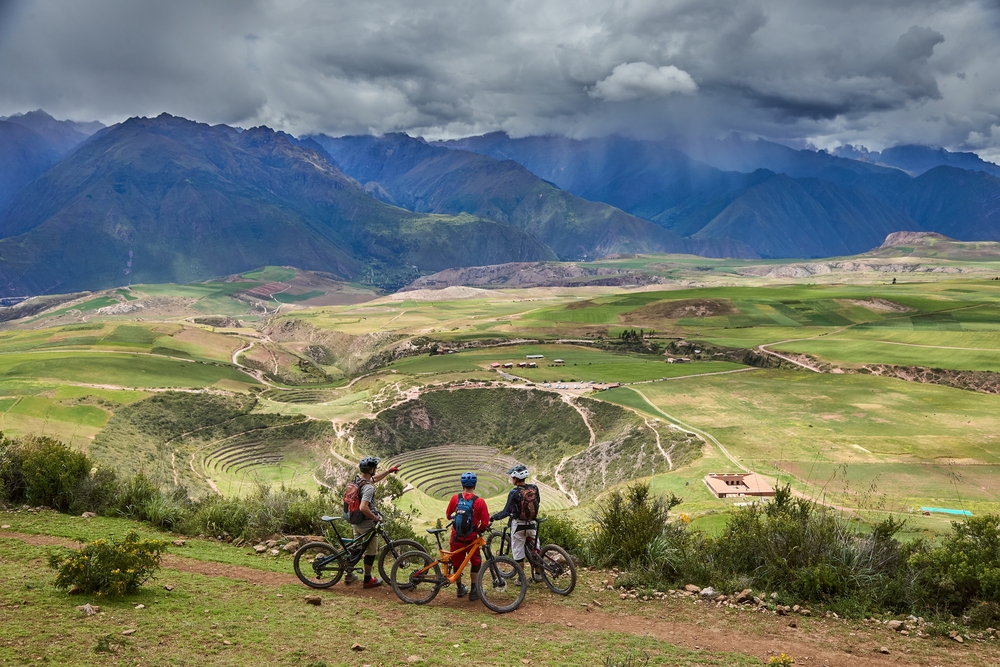
Located in the Andean highlands of Peru, the Sacred Valley is known for its rich cultural heritage and stunning landscapes. The area is a popular eco-friendly destination, where travelers can explore ancient Incan ruins, visit traditional markets, and enjoy outdoor activities like hiking and biking. The Sacred Valley promotes sustainable tourism through responsible farm-to-table practices and eco-lodges. These efforts help preserve the region’s cultural and natural resources for future generations.
Many eco-conscious travelers visit the Sacred Valley to experience its natural beauty and learn about sustainable farming practices. The region is also home to several community-based tourism initiatives that support local artisans and small businesses. By visiting these eco-friendly destinations, travelers help contribute to the preservation of the environment and support the local economy. The Sacred Valley is a perfect example of how eco-tourism can benefit both nature and the community.
Aysen Region, Chile
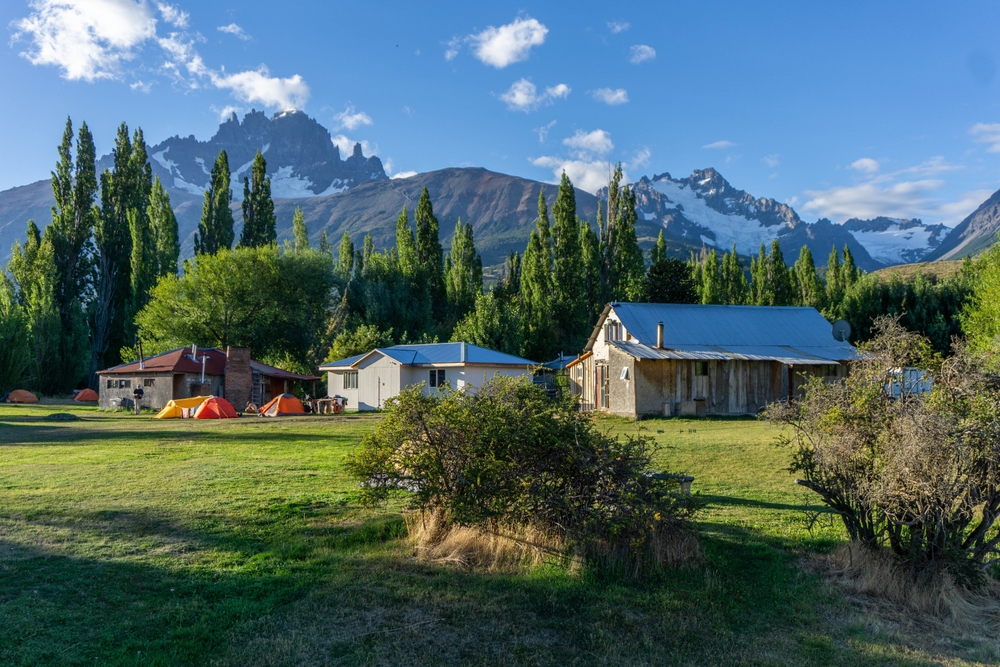
The Aysen Region in southern Chile is a remote and pristine area that remains largely untouched by large-scale development. Known for its glacial rivers, snow-capped mountains, and expansive forests, Aysen is a haven for eco-tourism. The region focuses on low-impact tourism, with activities like kayaking, hiking, and wildlife watching that promote a connection with nature. Eco-lodges and small-scale accommodations in the area prioritize sustainability and environmental conservation.
Aysen’s natural beauty attracts travelers looking for off-the-beaten-path destinations, where they can enjoy the tranquility of the wilderness. Efforts to preserve the region’s fragile ecosystems include sustainable tourism practices, waste management, and conservation programs. Visitors to the Aysen Region can enjoy the stunning landscapes while knowing that their visit supports sustainable practices. This makes it an ideal destination for those looking to explore South America’s natural wonders responsibly.
Costa Rica
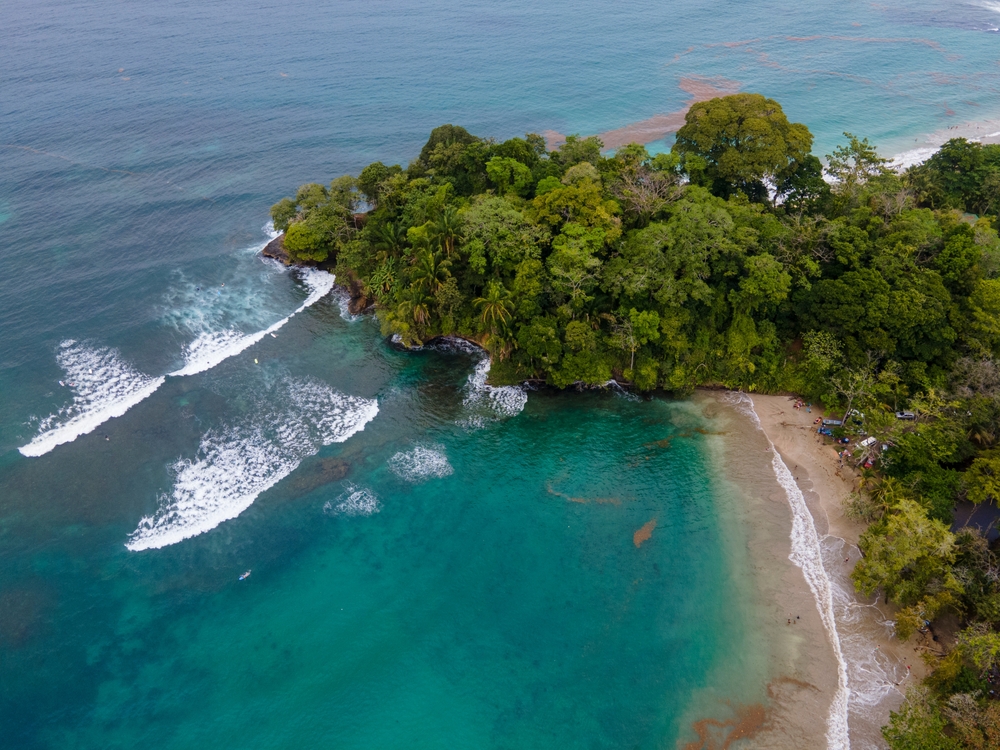
Costa Rica is widely regarded as one of the most eco-friendly countries in the world, with over 25 percent of its land designated as protected areas. The country is home to national parks, wildlife reserves, and private nature reserves, all promoting conservation efforts and sustainable tourism. Costa Rica offers eco-tourism experiences such as jungle hikes, wildlife watching, and visits to volcanic hot springs, all designed to minimize environmental impact. The country’s commitment to sustainability is reflected in its use of renewable energy and dedication to preserving biodiversity.
Visitors to Costa Rica can support the local economy by staying in eco-lodges and participating in community-based tours that focus on conservation. The country is known for its efforts to protect the environment, with programs in place to reduce waste, protect endangered species, and promote responsible travel. Costa Rica offers a wide variety of eco-friendly experiences, making it an excellent destination for travelers looking to explore nature while supporting sustainability.
Pantanal, Brazil
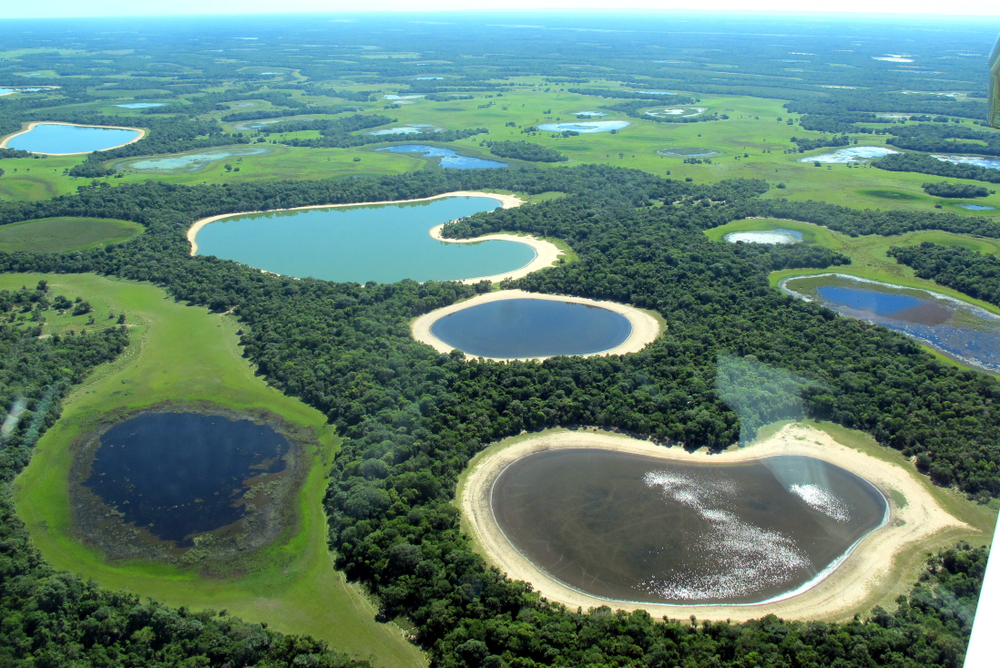
The Pantanal, located primarily in Brazil, is the world’s largest tropical wetland and one of the most ecologically rich areas on the planet. This UNESCO World Heritage site is an ideal eco-tourism destination, offering opportunities to observe a wide variety of wildlife, including jaguars, capybaras, and hundreds of bird species. The Pantanal is committed to sustainable tourism, with eco-lodges and wildlife tours that prioritize environmental protection and responsible practices. By visiting the region, travelers help support conservation efforts and the preservation of its unique ecosystems.
The Pantanal’s biodiversity attracts nature lovers and wildlife photographers from around the world. Guided tours focus on educating visitors about the importance of wetlands in maintaining the planet’s ecological balance. In addition to its natural beauty, the Pantanal offers an opportunity to contribute to environmental conservation. This eco-friendly destination is a great choice for travelers who want to experience nature while supporting its preservation.
Machu Picchu, Peru
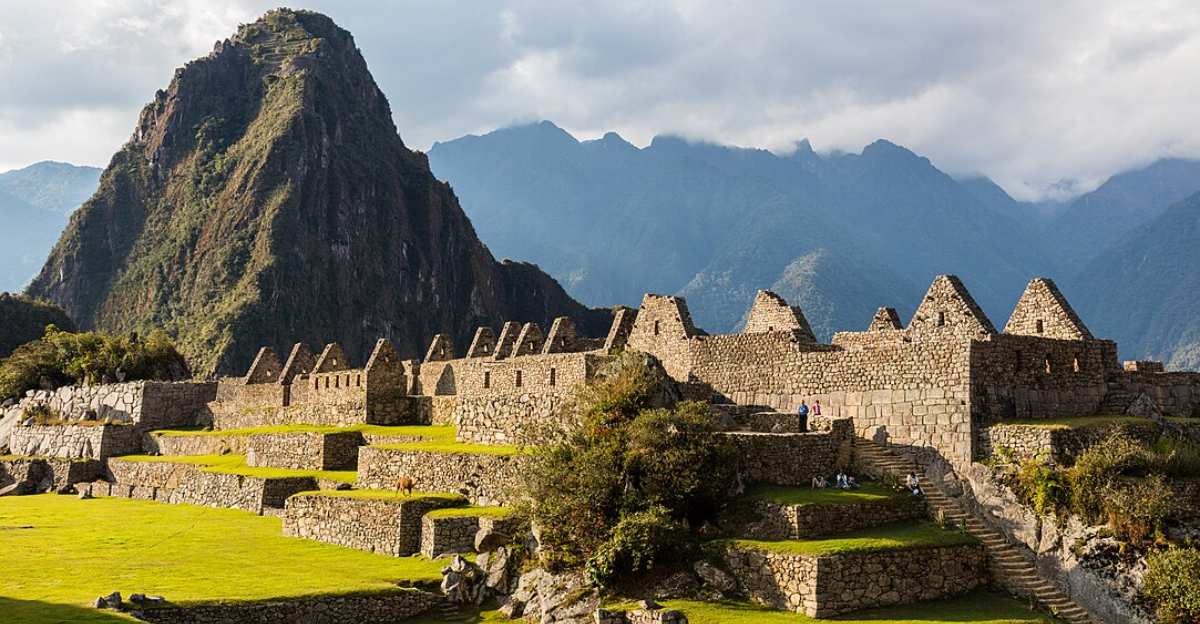
Machu Picchu, one of the most famous archaeological sites in the world, is located in the Andes Mountains of Peru. This ancient Incan city is part of a broader effort to preserve the region’s history while minimizing environmental impact. Sustainable tourism practices are in place to reduce overcrowding, protect the site’s fragile structure, and educate visitors on preserving cultural heritage. The Inca Trail to Machu Picchu is carefully managed to minimize environmental damage and allow for an authentic experience.
Visitors to Machu Picchu can take part in guided tours that focus on the historical and environmental significance of the site. The Peruvian government has implemented regulations to control the number of daily visitors, helping to prevent damage and overuse. By participating in these eco-friendly practices, travelers can enjoy this iconic destination while supporting the preservation of its cultural and natural heritage. Machu Picchu continues to be a model for eco-tourism, balancing the needs of conservation with the demands of tourism.
Amazon Rainforest, Brazil
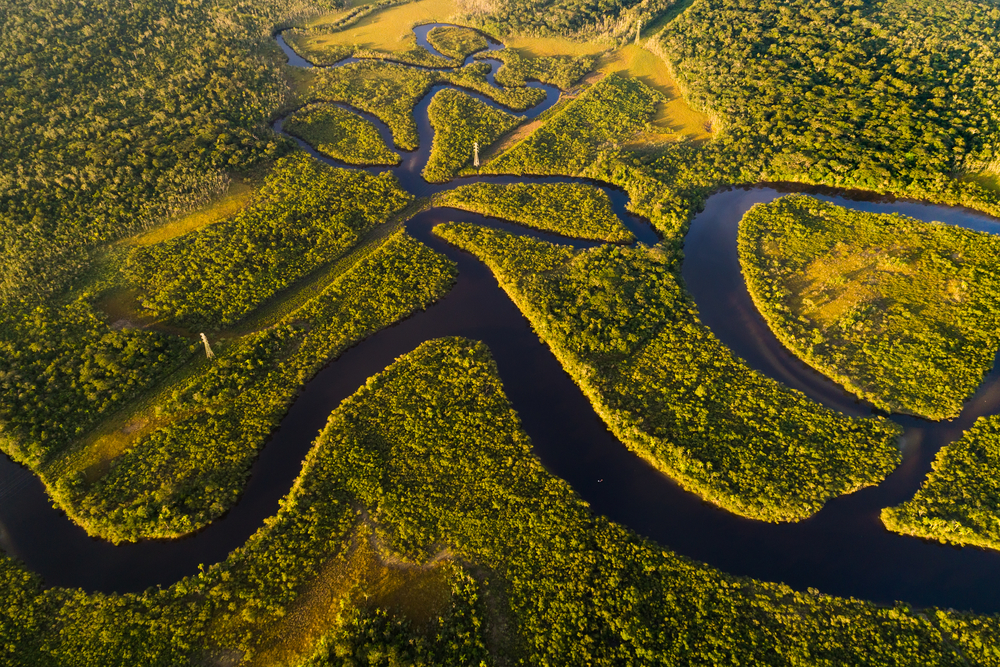
The Amazon Rainforest is one of the most biodiverse places on Earth, and eco-tourism plays a key role in its conservation. Located primarily in Brazil, the Amazon is home to an array of unique wildlife and plant species. Responsible tours, eco-lodges, and conservation programs help protect the rainforest while educating travelers about its importance. Visitors can explore the jungle through boat tours, jungle hikes, and wildlife watching, all while supporting sustainable tourism efforts.
Amazon is at the forefront of environmental protection efforts, with local communities and organizations working together to preserve this vital ecosystem. By participating in eco-friendly tours, visitors contribute to efforts aimed at reducing deforestation and promoting conservation. Amazon offers an unparalleled opportunity to experience one of the world’s most vital natural environments. It remains a top destination for eco-conscious travelers looking to support sustainability.
Atacama Desert, Chile
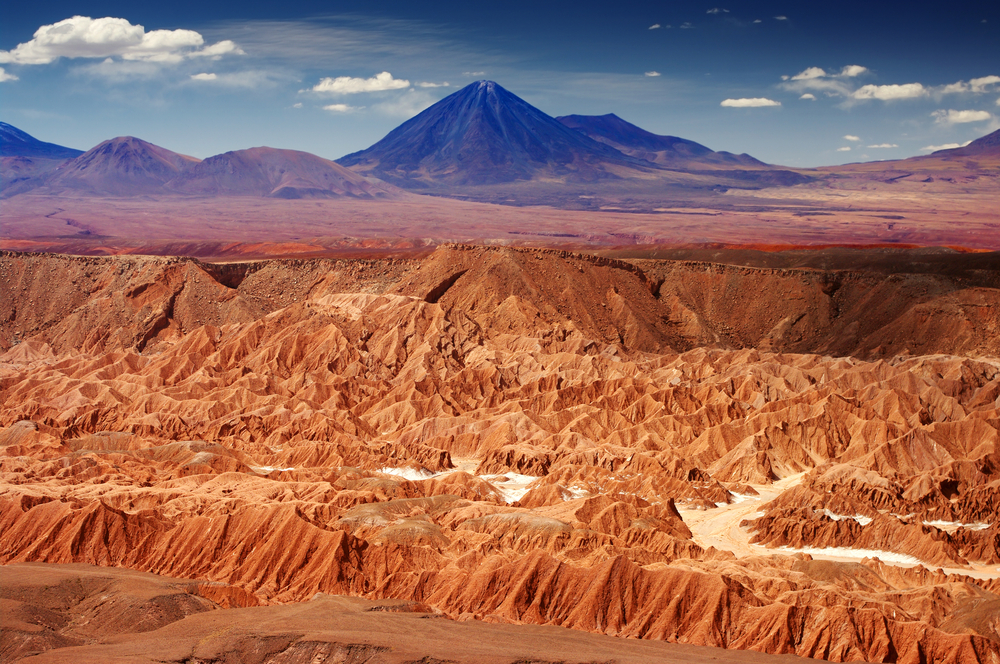
The Atacama Desert, located in northern Chile, is one of the driest places on Earth, known for its stunning, otherworldly landscapes. This unique desert ecosystem is home to rare plant and animal species, and its preservation is a top priority for local conservation efforts. Eco-friendly tours and sustainable practices help protect the desert’s delicate environment while allowing travelers to experience its beauty. Visitors can explore salt flats, dunes, and lagoons while learning about the region’s efforts to maintain its natural balance.
The Atacama Desert is a top destination for those interested in ecotourism, offering a chance to experience one of the most unique and fragile environments. Conservation efforts focus on reducing human impact and preserving the desert’s biodiversity. By visiting this region, travelers can support local communities and contribute to the ongoing protection of the desert. The Atacama remains a great example of how eco-friendly travel can be incorporated into even the most challenging landscapes.
Isla de Ometepe, Nicaragua
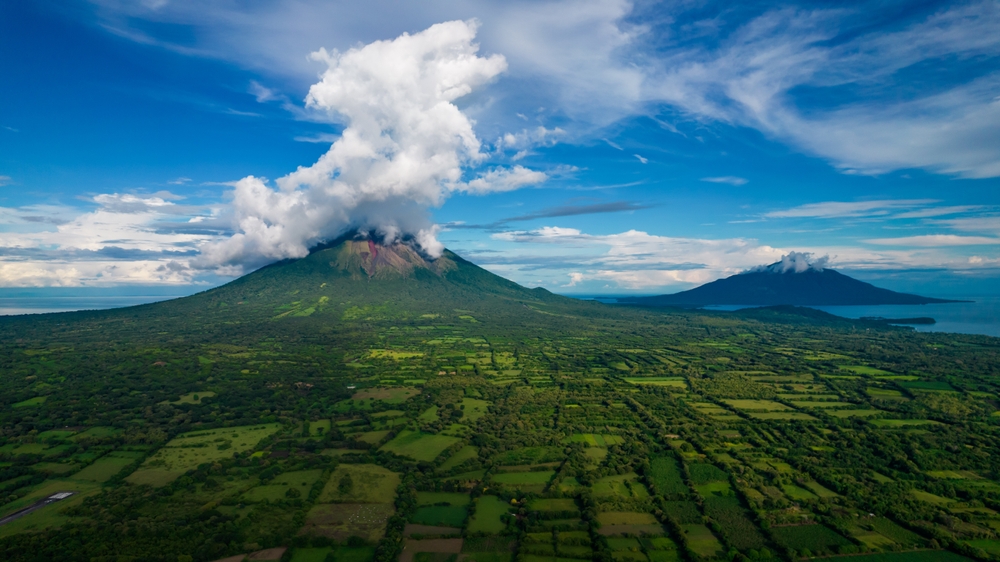
Isla de Ometepe, located in Lake Nicaragua, is a beautiful island known for its volcanic landscapes and biodiversity. The island is committed to eco-tourism, with initiatives in place to protect its natural resources and support local communities. Visitors can explore the island’s trails, swim in freshwater lakes, and enjoy wildlife watching while respecting sustainable practices. The island’s eco-lodges use solar energy and sustainable farming practices to reduce their environmental footprint.
Ometepe is a peaceful destination for travelers looking to experience the natural beauty of Nicaragua. Its pristine beaches, hiking trails, and volcano views make it an ideal spot for eco-conscious travelers. The island’s efforts to preserve its environment while welcoming visitors provide an authentic and sustainable travel experience. Isla de Ometepe is a perfect example of how eco-tourism can help protect both culture and nature.
Los Glaciares National Park, Argentina

Los Glaciares National Park in Argentina is home to dramatic landscapes, including glaciers, lakes, and towering mountain ranges. The park is dedicated to conservation, offering visitors the chance to explore the region’s natural beauty while promoting sustainable practices. Hiking, boat tours, and wildlife watching are popular activities, with eco-friendly accommodations available to minimize environmental impact. The park’s efforts to protect its glaciers and wildlife make it a prime eco-tourism destination in South America.
Los Glaciares is known for its stunning beauty, including the famous Perito Moreno Glacier. The park has implemented measures to limit the environmental impact of tourism, ensuring that its natural wonders remain protected. Visitors can enjoy exploring the region’s diverse landscapes while supporting conservation efforts. Los Glaciares National Park is a perfect place for eco-tourism, offering a mix of adventure and sustainability.
Fernando de Noronha, Brazil
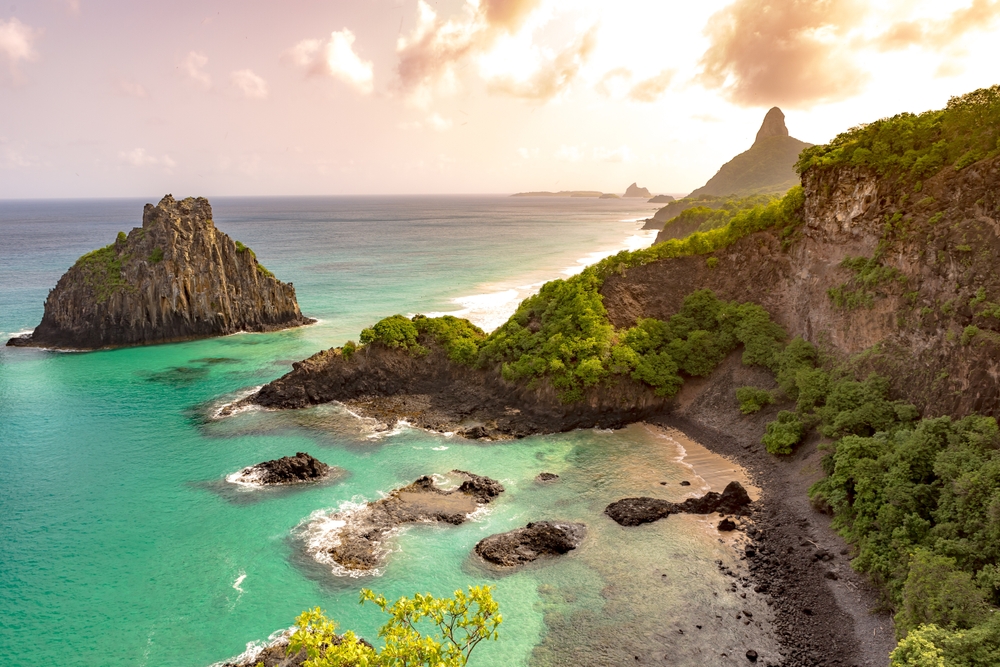
Fernando de Noronha is a beautiful archipelago off the coast of Brazil, known for its pristine beaches and rich marine life. This protected area is focused on eco-tourism, with a limit on the number of visitors allowed each year to preserve its delicate ecosystem. The island offers activities like snorkeling, diving, and hiking, all designed to minimize environmental impact. Its marine life, including sea turtles, dolphins, and tropical fish, thrives in this protected environment.
The islands are part of a national park, and conservation efforts are strictly enforced to protect the flora and fauna. Visitors to Fernando de Noronha can enjoy the stunning beaches while supporting efforts to preserve the area’s natural beauty. With sustainable accommodations and eco-friendly tours, the island provides a model for responsible tourism. Fernando de Noronha is a top choice for those looking to enjoy nature while helping protect it.
This article originally appeared on Avocadu.
